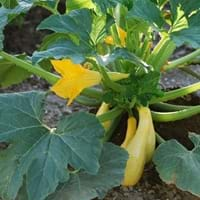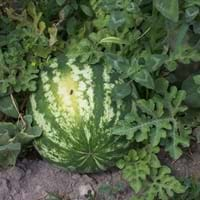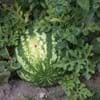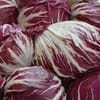About Crookneck Squash and Sugar Baby Watermelon
Properties of Crookneck Squash and Sugar Baby Watermelon
Wondering what are the properties of Crookneck Squash and Sugar Baby Watermelon? We provide you with everything About Crookneck Squash and Sugar Baby Watermelon. Crookneck Squash doesn't have thorns and Sugar Baby Watermelon doesn't have thorns. Also Crookneck Squash does not have fragrant flowers. Crookneck Squash has allergic reactions like Not Available and Sugar Baby Watermelon has allergic reactions like Not Available. Compare all the properties and characteristics of these two plants. Find out which of these plant can be used as indoor plant. If you are interested to decorate your house and garden, find out aesthetic uses, compare them and select the plant which will beautify your surrounding. Along with beautification, try comparing medicinal and edible uses of Crookneck Squash and Sugar Baby Watermelon and you can choose the plant having best and most benefits.
Season and Care of Crookneck Squash and Sugar Baby Watermelon
Season and care of Crookneck Squash and Sugar Baby Watermelon is important to know. While considering everything about Crookneck Squash and Sugar Baby Watermelon Care, growing season is an essential factor. Crookneck Squash season is Summer and Fall and Sugar Baby Watermelon season is Summer and Fall. The type of soil for Crookneck Squash is Loam and for Sugar Baby Watermelon is Loam while the PH of soil for Crookneck Squash is Neutral and for Sugar Baby Watermelon is Neutral.
Crookneck Squash and Sugar Baby Watermelon Physical Information
Crookneck Squash and Sugar Baby Watermelon physical information is very important for comparison. Crookneck Squash height is 30.00 cm and width 120.00 cm whereas Sugar Baby Watermelon height is 15.20 cm and width 180.00 cm. The color specification of Crookneck Squash and Sugar Baby Watermelon are as follows:
Crookneck Squash flower color: Yellow and Gold
Crookneck Squash leaf color: Green, Dark Green
Sugar Baby Watermelon flower color: Yellow
- Sugar Baby Watermelon leaf color: Green, Dark Green
Care of Crookneck Squash and Sugar Baby Watermelon
Care of Crookneck Squash and Sugar Baby Watermelon include pruning, fertilizers, watering etc. Crookneck Squash pruning is done Remove dead or diseased plant parts and Requires very little pruning and Sugar Baby Watermelon pruning is done Remove damaged leaves, Remove dead branches and Remove dead leaves. In summer Crookneck Squash needs Lots of watering and in winter, it needs Average Water. Whereas, in summer Sugar Baby Watermelon needs Lots of watering and in winter, it needs Average Water.
|
||
|
||
|





